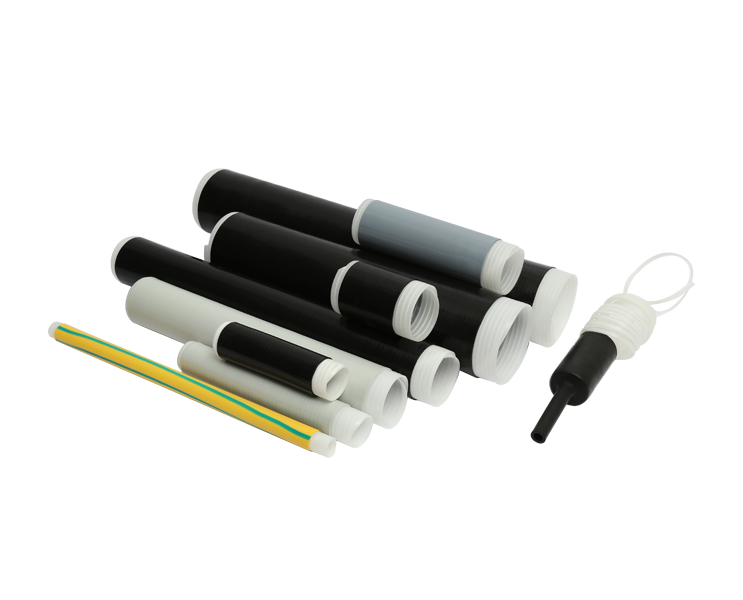Wholesale Supply Power Cable Joint Manufacturing Producer
Power cable joints are critical components in electrical infrastructure, ensuring the seamless transmission of electricity across vast networks.
Electricity is the lifeblood of modern society, powering homes, industries, and public services. The reliable distribution of electrical power is contingent upon a robust and well-maintained infrastructure, where power cable joints play a pivotal role. Wholesale power cable joints are not just connectors but are engineered to maintain the integrity and performance of the electrical system.
A power cable joint is a device used to connect two lengths of power cables, ensuring electrical continuity and mechanical strength. They are essential for extending cable runs, repairing damaged cables, or adapting to different cable sizes and types.
Types of Power Cable Joints:
Splicing Joints: These are used to join two cables of the same type and size, providing a continuous electrical path.
Tapping Joints: Designed for connecting a smaller cable to a larger one, allowing power to be diverted to a different load.
Transition Joints: Used when connecting cables of different types of materials, ensuring compatibility and performance.
Sealing Ends: Protect the cable ends from moisture and other environmental factors, crucial for outdoor installations.
The choice of material for power cable joints is dictated by the application environment and the required performance characteristics. Common materials include:
Ethylene-Propylene Rubber (EPR): Known for its resistance to heat and chemicals.
Cross-Linked Polyethylene (XLPE): Offers superior electrical properties and resistance to thermal aging.
Silicone Rubber: Provides flexibility and resistance to weathering.
Wholesale power cable joints find applications across various sectors:
Utility Companies: For maintaining and expanding electrical grids.
Industrial Facilities: Ensuring reliable power distribution within large complexes.
Construction Projects: Temporary power setups during building construction.
Renewable Energy: Integrating solar and wind power into the grid.
Factors to Consider When Selecting Power Cable Joints:
Voltage Rating: Ensure the joint can handle the voltage of the connected cables.
Current Rating: The joint must safely carry the expected current load.
Environmental Conditions: Consider temperature, moisture, and chemical exposure.
Mechanical Strength: The joint should withstand physical stresses without failure.
Compliance with Standards: Adherence to industry standards ensures safety and reliability.
The Advantages of Wholesale Power Cable Joints
Cost-Effectiveness: Purchasing in bulk can reduce costs per unit.
Availability: Wholesale suppliers often stock a wide range of joint types and sizes.
Customization: Some suppliers offer custom solutions tailored to specific project needs.
Quality Assurance: Reputable wholesalers maintain strict quality control measures.
Challenges in Power Cable Joint Installation:
Proper Installation: Incorrect installation canjoint failure and power outages.
Regular Maintenance: Over time, joints may degrade and require inspection and replacement.
Environmental Impact: conditions can affect joint performance and longevity.
Wholesale power cable joints are indispensable for the reliable and efficient operation of electrical infrastructure. By understanding the different types, materials, and applications, as well as the factors to consider when selecting the right joint, engineers, and technicians can ensure the longevity and safety of power systems. The advantages of wholesale purchasing, such as cost savings and customization options, make it an attractive choice for businesses and projects of all sizes.
Innovations in materials and manufacturing techniques are expected to enhance the performance and reliability of these joints. Additionally, the push for sustainable energy solutions will likely drive the development of joints that are more environmentally friendly and compatible with renewable energy sources.

 English
English 简体中文
简体中文



